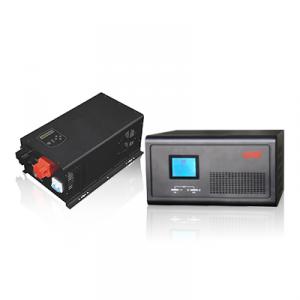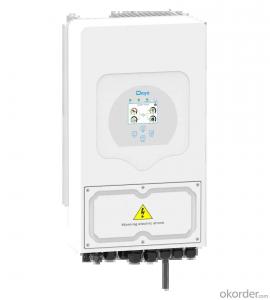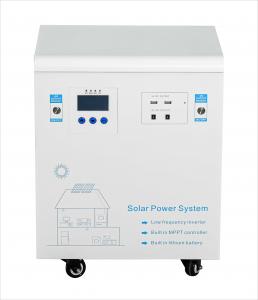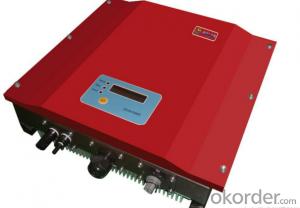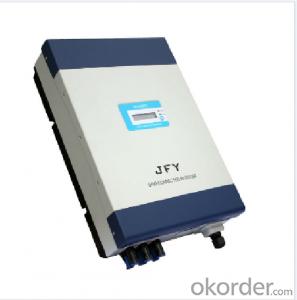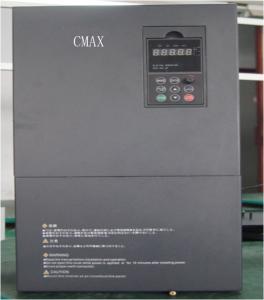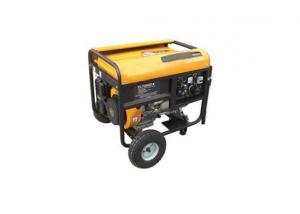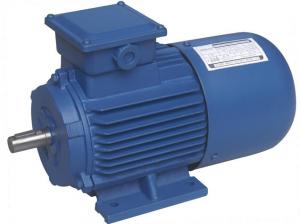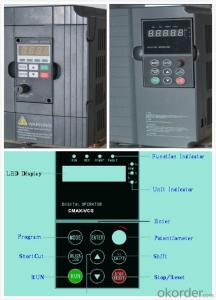5 Kw 3 Phase Solar Inverter
5 Kw 3 Phase Solar Inverter Related Searches
5kw 3 Phase Solar Inverter 5kw Three Phase Solar Inverter 5kw Solar Inverter 5kw Solar Power Inverter Solar 5kw Inverter 5 Kva Solar Inverter 5 Kilowatt Solar Inverter 5kw Solar Panel Inverter 5 Kw Hybrid Solar Inverter 5kv Solar Inverter Solar Power 5kw Inverter 5kw Solar Hybrid Inverter 5kw Inverter Solar System 5kw Hybrid Solar Inverter Inverter For 5kw Solar System 5kva Solar Inverter 3 Phase Solar Inverter 5k Solar Inverter Solar 5kva Inverter 3 Phase Solar Power Inverter 5kw Solar Inverter For Sale 3 Phase Inverter Solar Hybrid Solar Inverter 5kw Solar 3 Phase Inverter 5.5 Kw Solar Inverter 3kw Solar Inverter 3.5 Kw Solar Inverter 5kva Hybrid Solar Inverter 3kw Inverter Solar 5kw 48v Solar Inverter5 Kw 3 Phase Solar Inverter Supplier & Manufacturer from China
The 5 Kw 3 Phase Solar Inverter is a high-performance solar power conversion device that efficiently transforms the direct current (DC) generated by solar panels into alternating current (AC) suitable for grid connection or powering AC loads. This advanced inverter is designed to handle the energy demands of medium to large-scale solar installations, ensuring optimal energy output and reliability.The 5 Kw 3 Phase Solar Inverter is widely used in various applications, including residential, commercial, and industrial settings. It is particularly beneficial in areas with limited space for solar panel installation, as it can manage the energy generated by a significant number of solar panels while occupying minimal space. Additionally, it is ideal for off-grid systems, where it can provide a stable power supply to essential appliances and systems, ensuring continuous operation even during periods of low sunlight.
Okorder.com is a leading wholesale supplier of the 5 Kw 3 Phase Solar Inverter, offering a vast inventory of this essential solar power equipment. With a strong commitment to quality and customer satisfaction, Okorder.com ensures that each 5 Kw 3 Phase Solar Inverter is thoroughly tested and meets the highest industry standards before being shipped to customers worldwide. This extensive inventory allows Okorder.com to cater to the diverse needs of solar power enthusiasts, businesses, and utility-scale projects, providing them with a reliable and efficient solution for their energy requirements.
Hot Products












